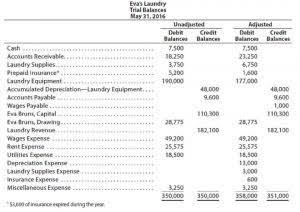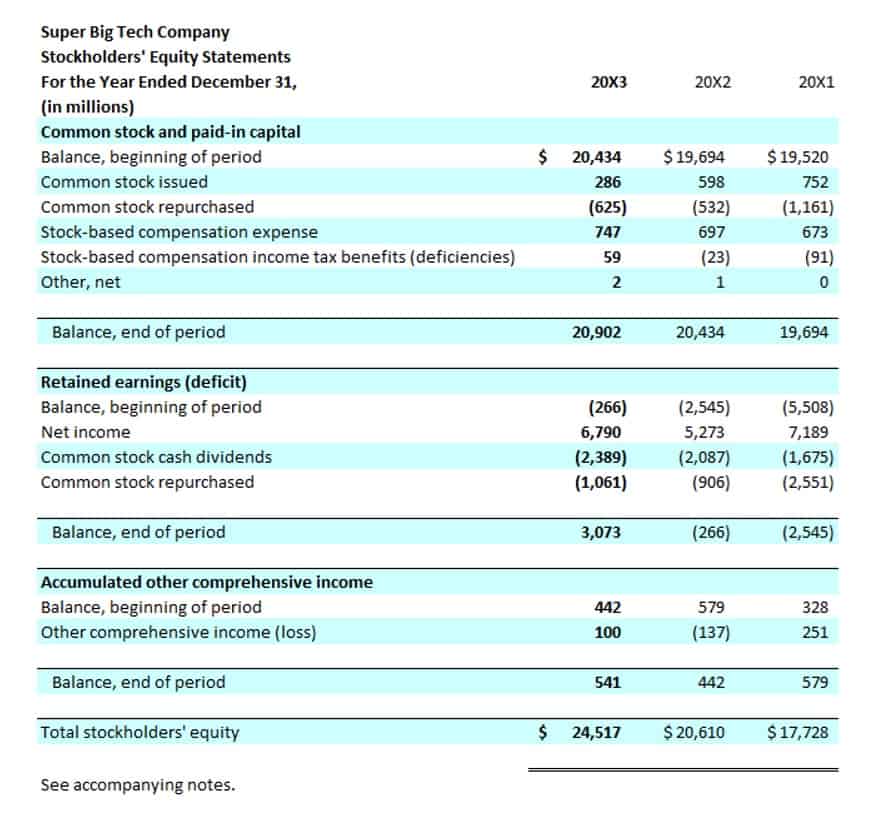
Also called a balance sheet, this is a statement of your organization’s liabilities, assets, and net assets. The new standard makes it complicated to report leases because you have to calculate the “present value” of the lease and book it. Future rents will be discounted and reported more like a loan, with interest reported and the “right of use” of the asset amortized. Instead of pointing to an expense, part of the lease payment will point to a loan, part will point to interest, and then you have to depreciate the “right of use” asset. This new complexification likely means few entities will be able to apply this new standard without using an accountant. Any time the nonprofit has an agreement with a third party to exchange goods or services for anything of monetary value, there is a contract.
Managing Sponsorship Agreements
Navigating nonprofit accounting standards can be complex, especially for smaller organizations. Working with the right financial expert can help ensure compliance with GAAP and maintain financial transparency. While for-profit organizations orient their accounting practices around the goal of turning a profit, nonprofits’ main goal in accounting is financial transparency with donors, stakeholders, and the government.
Follow us on social media
Compliance with IRS regulations is essential, requiring acknowledgment letters detailing the nature and value of contributions. For large nonprofits, it’s essential to prioritize software with scalability and advanced compliance features to manage intricate financial and Sales Forecasting reporting requirements. Make sure the software builds in fund accounting for nonprofits, allowing you to categorize and track restricted and unrestricted funds. Poor accounting practices can lead to mismanagement of funds, regulatory issues, and a loss of credibility, jeopardizing your organization’s mission and long-term sustainability. Multi-entity accounting involves managing specialized processes to consolidate financial information, ensure accurate reporting, and comply with FASB guidelines and donor requirements. Compliance is crucial to 501c3 accounting, as your nonprofit must follow specific reporting rules to maintain its tax-exempt status and demonstrate financial accountability.

Statement of financial position

Understanding how and when to recognize different revenue is perhaps one of the most important but difficult aspects of managing a nonprofit’s finances. The simplest solution I found (after educating my board on the above issues) was to create a simple schedule that reconciled the non-GAAP development numbers back to what was reported in the financial statements. The principles apply to all accounting professionals but are especially important for nonprofits because they emphasize transparency and building credibility. This update affects how nonprofits disclose in-kind donations such as goods, services, and use of facilities.
- PwC refers to the US member firm or one of its subsidiaries or affiliates, and may sometimes refer to the PwC network.
- By adhering to GAAP, nonprofits can ensure financial information is reported effectively, transparently, and efficiently.
- In particular, restrictions by a donor can affect the timing of your revenue recognition.
- Due to their lack of regularity working with these organizations, it’s easy for these standards to go unnoticed.
- Do you have board members who are members of the business community or are they from other disciplines that never have the need to understand a financial statement?
- Nonprofits using GAAP provide specific financial statements including balance sheet, statement of activities, statement of cash flows and income statement.
Much like their for-profit counterparts, nonprofits must also follow specific financial reporting standards, including Accounting Standards Codification (ASC) 842. This blog post will delve into the essential aspects of ASC 842 regulations and answer common questions like how ASC 842 applies to nonprofits and how it may impact non-profit organizations. Additionally, we will explore the world of Generally Accepted Accounting Principles (GAAP) applied in nonprofit accounting. The four fundamental GAAP principles form the backbone of trustworthy financial unearned revenue reporting. Each principle plays a vital role in guiding day-to-day accounting practices and supporting credible financial documents that entrepreneurs, nonprofit organizations, and other stakeholders rely upon for decision-making. GAAP ensures that your nonprofit’s financial statements are consistent, accurate, and comparable, making it easier for donors, regulators, and stakeholders to assess your organization’s financial health.
Use the Accrual Accounting Method

They serve as a common language for accountants, auditors, and finance professionals, GAAP for Nonprofits enabling meaningful comparisons across organizations, industries, and periods. This is especially valuable for businesses and nonprofits seeking funding, as it provides potential investors and donors with confidence in the accuracy and honesty of reported figures. GAAP refers to a set of rules, conventions, and procedures established by authoritative bodies such as the Financial Accounting Standards Board (FASB). These principles cover every aspect of financial reporting, from revenue recognition to expense classification. During audits, nonprofit financial statements are examined to access if they are GAAP compliant. An independent auditor will then provide a written statement attesting to whether the nonprofit’s financial statements are fairly stated and comply in all material respects with GAAP.
- These articles and related content is the property of The Sage Group plc or its contractors or its licensors (“Sage”).
- However, just because these rules have been around for a few years doesn’t mean everyone fully understands them.
- On the other hand, non-exchange revenue (or contributed revenue) is unique to the nonprofit sector.
- This provides easy access to relevant data sources, in turn reducing the amount of time required to collect and analyze key information.
- Conditional donations tied to future events are only recognized once conditions are met, ensuring compliance with accounting standards and accurate financial reporting.
Tax Saving Strategies for LLCs, S-Corps, and C-Corps
How Development and Finance Can Get Along (Really!)Does your organization need a fund accounting system that makes it easy to adhere to GAAP reporting standards? Check out our buyer’s guide to help you make an informed decision about your accounting software. The quandary that faces every nonprofit management team is how to communicate the difference in GAAP to non-GAAP operating results.
Essential financial statements for nonprofits under GAAP

This allows these organizations to remain tax-exempt and use their revenue to effectively further their missions. To help streamline the reporting process, regulatory organizations have established nonprofit accounting standards that help ensure clarity, consistency, and transparency. Publicly traded companies in the United States are required by the Securities and Exchange Commission (SEC) to prepare their financial statements in accordance with GAAP. Standardization under GAAP levels the playing field, removing ambiguity in how financial statements are prepared and reported. For entrepreneurs launching new ventures and nonprofits seeking grants, this means stakeholders don’t have to interpret uniquely prepared reports—everyone operates from the same set of rules. This reduces confusion, facilitates audits, and streamlines the financial oversight process, all of which are vital for sustainable growth and compliance.
Adhere to GAAP Standards with Fund Accounting Software
Explore our nonprofit accounting software to discover how we can help you manage your organization’s finances more efficiently by giving you more time to focus on making a positive impact in your community. Depending on its registration and activities, these reports ensure compliance with state-specific regulations and enhance transparency around your nonprofit’s financial operations. Designed to let you track unlimited funds and manage your books with ease, MIP Accounting® software offers a simple way to manage intricate financial processes in a single, user-friendly system.
